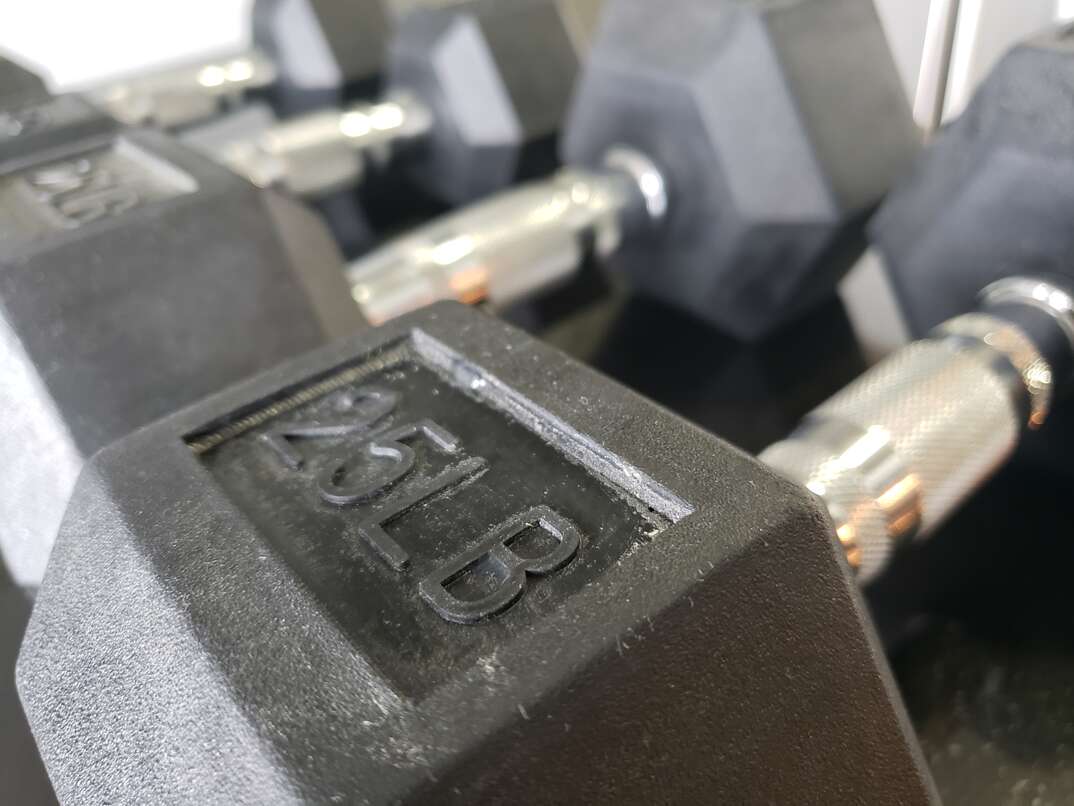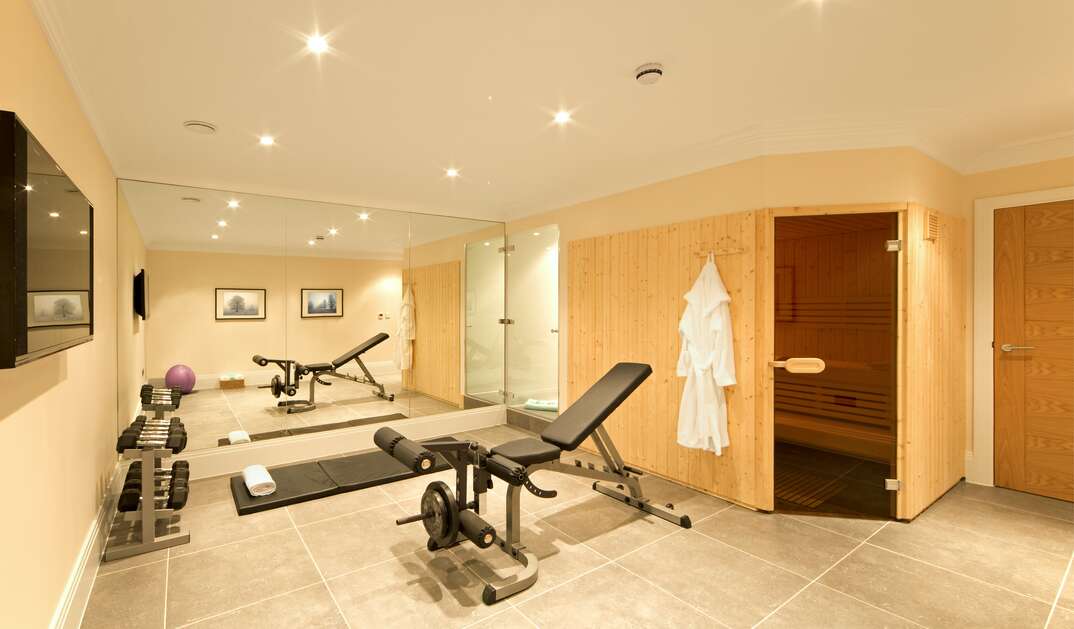Home, Sweat Home: How to Build a Gym in Your House

Are you tired of lugging your bag to the gym every time you want to pump iron? Building a home gym in a spare room gives you the convenience of a workout anytime you want without leaving the comfort of your home.
This May Also Interest You: What Is a Home Improvement Loan and How Do You Get One?
You don't have to wait your turn for equipment, shower in a shared locker room or waste time driving to and from the gym. Learn how to build a home gym to get an effective workout.
Is It Cheaper to Build a Home Gym or Pay for a Gym Membership?
Gym memberships might seem more affordable since you pay a small monthly fee, but you pay that amount for the life of your membership, which can add up. You can spend anywhere from $10 at a budget gym with limited options to over $100 per month at a luxury gym. That adds up to between $120 and $1,200 or more per year to use the gym.
Home gym pricing can vary even more significantly. You can create a basic setup for a few hundred dollars. If you want a more robust gym, expect to pay at least $2,500. Some serious fitness buffs spend $15,000 or more on a home gym setup.
You'll pay more upfront for a home gym. However, you can recoup the costs fairly quickly, depending on how much you spend and how much your gym membership costs. Based on a $2,500 home gym and a $100 per month gym membership, you would recoup your investment in a little over two years. If your gym membership costs $50 per month, it will take about four years. You’ll recoup costs even faster if more than one person is using the home gym rather than paying for a membership.
Where Should You Put a Home Gym?
You can put your home gym anywhere you have the space, but the bottom floor of your home is ideal. Gym equipment adds a lot of weight to your floors, so you'll need to make sure an upper floor has the structural integrity to handle it if you decide to put it upstairs. It also takes more work to carry heavy equipment up the stairs, and a home gym above you can be noisy.
Basements and garages are popular options for keeping the equipment out of the way and reducing noise for the rest of the family. You can also use a spare bedroom or put the home gym in the corner of another room, such as your home office or family room.
Consider the size and ceiling height of the room. You need enough height clearance to raise weights above your head or stand on gym equipment, such as treadmills and ellipticals, without hitting the ceiling. Basements sometimes have low ceilings, so they're not always ideal. Ensure there's enough clearance around the equipment to use it safely.

What Equipment Do You Need?
When deciding how to build a home gym, the best gym equipment depends on what type of exercise you want to do. Your budget also plays a role. You might start with the core pieces you want the most and expand with more equipment as your budget allows. Exercise machines, such as stair steppers, ellipticals, exercise bikes and treadmills, are ideal for cardio workouts.
You'll also likely want some weightlifting equipment. For light strength training, dumbbells, resistance bells and kettlebells can work. If you want a more serious weight workout, consider a bench and weight plates. This lets you customize the weights and reach higher weights for your workouts. Some people prefer all-in-one home gyms that have multiple strength-training options on one machine.
More Related Articles:
- What Do Building Codes Mean for DIY Projects?
- Should You Remodel or Move? Here’s How to Decide
- 5 Finished Basement Ideas for Your Home
- Here’s Everything You Need to Know About Short-Term Storage Costs
- Trash Cash: Here’s How Much It Costs to Rent a Renovation Dumpster
What Materials Should You Use for the Walls and Flooring?
The normal flooring in your home doesn't provide the cushioning and support you need during a workout to reduce stress on your joints. It's also more likely to get damaged by the equipment. Heavy weights and gym machinery can cause indentations on the flooring or leave scratches and other damage.
Rubber is a popular option for home gyms and comes in different forms. You can get a large rubber mat to go under a single piece of gym equipment. If you want to cover the entire floor, you can use interlocking rubber tiles or rolled rubber flooring. PVC tiles also offer a durable flooring option for your home gym.
Wall material is a little more flexible — you can leave finished interior walls as they are if you like them that way. When you're building a home gym in an unfinished garage, you might want to add insulation on the walls and garage door to help regulate the temperature. If you want to add soundproofing to the room, you can install fiberglass panels or acoustic foam panels to reduce the noise.
What Amenities Can You Include in Your Home Gym to Customize It?
You only need basic gym equipment to get started, but you can add lots of extras to create a luxury home gym experience and make it more comfortable. Some ideas include:
- Mirrors
- Speaker system
- Inspirational gym decor
- Additional lighting
- Mini fridge with recovery drinks
- Storage for smaller equipment
- Massage gun or massage chair
- TV
- Fan or air conditioner
- Chalkboard to record workouts
If you're on a budget, make a list of items you want to add later.


